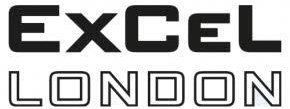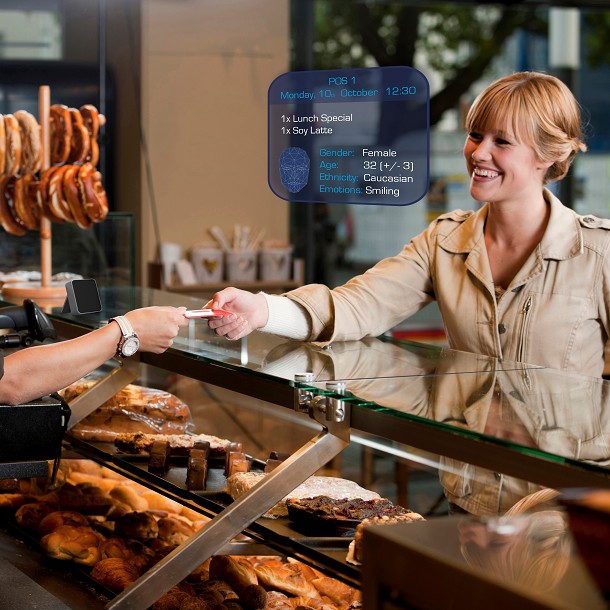Getting your restaurant marketing mix on point
Running business operations, creating the right product assortment, and choosing the perfect marketing mix are all pivotal tasks in the everyday life of a restaurateur or franchise owner. However, without the right data to validate underlying assumptions, these crucial tasks can quickly turn into daunting guess work and lead to significant losses.
For example, if a franchise owner chooses what to sell based solely on his or her preferences, they might get lucky and match the customers’ needs. Yet, there are high chances that they miss a big part of what their most valuable customer groups are looking for. The result would be that those customers loose interest and start looking for alternatives.
A common solution is the creation of customer profiles based on demographics and behavioral data. However, there are many traits to focus on and some of them might just help a bit more than others. Let’s have a look at the most crucial customer a business owner needs to know in order to create long lasting success and how to obtain those.
Age
Age is one of the most significant drivers of behavior and preferences. Therefore, hospitality owners must know about generational preferences when it comes to food and drinks.
There are multiple examples on how age influences customer desires. Senior customers tend to have more time, higher spending and a preference for comfort. This is also reflected in their eating habits, where full-service venues and more comfortable ambient is preferred. Generation X clients, who usually still work, on average have the highest bills in food venues. Millennials place their sight on unique experiences and social setting, rather than the food itself. This generation eats out more than average and is also a major financial driver for the wine industry. Generation Z, the digital generation, has the habit of ordering online and preferring natural, sustainable food.
Thus, choosing which target group to appeal to often has an impact on the entire business.
Gender
Another crucial driver for consumption preferences is gender.
It is fascinating to explore how different foods tend to attract a gender, whilst others do not. Scientists have discovered that women have a genetical preference for sweetness and a slight aversion to bitterness. Thus, alcoholic drinks aimed at female customers tend to be sweet, whilst the male drinks menu usually includes more bitter drinks and cocktails.
Whilst businesses most often want to attract both genders, they have to keep in mind to have a well-balanced offer, so they do not alienate a big part of their customer base.
Ethnicity
Especially western countries display a high ethnic mix. Ethno-marketers know about the preferences of specific ethnic groups and create exact campaigns to target need of those ethnicities.
In the food industry preferences are affected by environmental and cultural factors. Therefore, exotic restaurants in the western countries are often “westernized” in order to match the taste of the local population, rather than keeping the traditional tastes of their home countries. On the other side, due to the rise of ethnic minorities there is a great market emerging for food experiences geared towards specific wants of those populations.
Businesses can thrive by catering to a specific preference of a large enough ethnic group or even by adapting specific traditional tastes to local preferences. Either way the influence of ethnic backgrounds should never be disregarded.
Psychographics
Believes, culture, upbringing and other socio-cultural influencers impact consumer behavior as much as the aforementioned demographic traits. Groups might share the same demographic traits but can easily have very different preferences based on their psychographic profile.
Although by far not a rule, this can well be seen in how certain food trends relate with cultural preferences of individuals. When comparing “vegans” and “carnivores”, we can make broader assumptions about their background, drivers and believes.
For business owners it is therefore crucial to stay atop and learn about trends. They have to actively look for sources that discuss those trends and products that go along with them. Good sources to learn about such trends include trade journals, food fairs and conferences.
How to collect customer data?
Envisioning one’s customer profiles is only the first step. Afterwards, business owners have to constantly validate assumptions and monitor changes. Thus, being on the front line and talking directly with customers is pivotal for every business manager. Smart business owners and employees continuously try to learn more about the wants and needs of their customers and cater to those exact preferences. But in an age of dense urbanization, high volumes of customers and an everchanging client base, it seems very difficult to know what each customer really desires.
With the emergence of smart devices, businesses now can collect many insights on customer demographics and even behavior. Video analytics solutions serve as a great starting point to collect basic knowledge about customer groups and their preferences. It is a technology that can extract anonymous statistics and customer features, like age, gender, ethnicity, loyalty and behaviors from plain video material. When done right video analytics solutions can provide valuable data at an efficient price, without ever interfering with the privacy and individual freedoms of the customers. Moreover, such solutions can also help in validating assumptions and support in recognizing changes early on.
RetailQuant is providing reliable video analytics solutions that help business owners understand who their offline customers are, when they shop and what products they like. It does so by using its proprietary computer vision sensor and analytics engine which automatically capture and interpret real life customer information (age, gender, ethnicity, satisfaction, eye movement, rate of return, product preferences) at scale. The sensors are placed at the check-out counter and can be extended to special points of interest like shop windows, special shelves or promotional fixtures. The gathered knowledge is then matched with each customer’s shopping receipt and processed into insights on customer group behavior, needs and preferences. The findings and customized dashboards ultimately help save costs and increase revenue when making important operational and marketing decisions.
To find out how video analytics can help you understand your customers better and boost your revenue.....
Get in touch: RetailQuant
www.retailquant.com
info@retailquant.com
+4917672797385




